Calibahoa is a luxurious plant, which can increasingly be found in Kashpo in balconies, verandas and flower beds. Lush and bright balls, thickly covered with small flower-bells, the most diverse colors look charmingly, attracting attention to others. Calibaho is often confused with petunias, so the appearance of these plants is identical. But today there is already a scientific confirmation that these are two different, albeit related plants. It is quite easy to grow caliber at home - it is quite easy to find out all the secrets of growing and care for a luxurious beauty that will be discussed in this article.
Calibao at home: description
Calibahoa is a perennial ampel plant from the family of the Parotnic. Until 1990, in all botanical reference books, the plant was included in the relation of petunias and only now there was a scientific confirmation that at Calibrooa is a completely different structure of DNA than that of the famous petunia. It turned out that Petunia has only 14 chromosomal indicators, and at Calibrooa - 18.
In the wild, an ampel plant with creeping stems can be found in South America, in wet subtropical forests, as well as in Mexico. Wild caliber flowers always have a purple color, in contrast to the variety of color gamut of garden form plants.
The flower stems are long, tough, dense, although the deformations are also defeated, as well as Petunia's shoots. Can reach up to 1.5 meters long. On the shoots are small lancing green leaves.
Caliberoa flowers are small from 2.5 to 3 cm in diameter, have a bell form. Many bright bells destroyed on green shoots, create an impression of a lush flowering bowl. The most advantageously flower looks in a hanging porridge or in another suspended design.
How to distinguish calibero from petunia?
At first glance, even an experienced flower was difficult to distinguish calibero from Petunia, or rather, its varieties - Surfinia. A splashing bush with creeping shoots, dashed by small flowers, is really similar to the Surfinia, but there are several distinctive features that are characteristic only for caliberoa:
- The diameter of the calibero flower cannot be greater than or less than 2.5-3 cm.
- The shoots of an adult bush trees, unlike Petunia, whose stalks are always green.
- The form of the plant more resembles a shrub than herbal plant.
- Caliberoa leaves have a different form. Leaf length 3-4 cm, width - 1 cm. Petunia leaves more in size and have a rounded shape.
Varieties of caliberoa
The plant is divided into two groups: in the form of a flower, which can be simple or terry. The most common varieties of ampel plant, which surprise with their beauty, is:
- Cabaret. Magnificent ball, richly covered with a variety of snow-white flowers-bells. It is less likely to meet representatives of this variety with another tint of flowers.
- Blocks. A variety with dark blue flowers, sometimes the color of the petals can be purple. Seeds of this variety have an excellent germination.
- MINI FAMOUS DOUBLE PINK. Compact bush with charming terry flowers of pink shades. Savages are small - up to 70 cm.
- NOA. One of the most exquisite varieties whose flowers are painted in white and gentle-purple colors. Soothes reach lengths up to half a meter. The variety is demanding in leaving, prefers shading and does not endure excessive mooring of the soil.
- VELLS. The most popular variety, which includes 8 varieties of calibero. Flowers of this variety have a variety of color: pink, yellow, purple. Form a tight colorful ball from the place of small flowers, not a gift of this variety called "Million bells". Cleaning shoots are pulled up to 1 meter long. Flowering time - May.
Landing Calibao at home: reproduction
There are two ways to breed an ampel plant: the shilling and cultivation of caliberoa from seeds at home.
Caliberoa from seeds at home
The choice of calibero seeds is just huge. You can purchase seeds of any variety of plants in a specialized flower shop. The process of growing seedlings requires certain skills and compliance with strict agrotechnical rules. As a rule, Calibero seeds are not distinguished by a high germination. The best time for sowing seeds to seedlings is the end of February.
Consider the process of sowing seed on seedlings:
- First, it is necessary to take care of the container for growing seedlings. Sunflower boxes or plates are suitable. Soil can be used to make a store for seedlings or prepare independently from a garden land, humid and pure river sand (3: 2: 1). Boxes for seedlings fill with the finished soil, well moisturizes the soil.
- In the prepared soil you can sow seeds. It is worth noting that the seeds at Calibrooa are so small that they are almost not visible, so before sowing they are mixed with clean sand. Seeds are sulfied by rows, neatly pour the ground and moisturized with a spray gun.
- Sevings should be covered with a plastic film, which each day needs to be removed to ventilate seedlings to prevent their posting.
- Capacities with seeds should be placed in a warm, well-lit place, it is desirable to use a lamp for lighting. The room temperature should be from 22 to 26 C. It will not be possible to grow seedlings on the windowsill, so the seedlings will not be quite natural lighting.
- Sowing needs regular moisture. After the first segments appear, they need to be treated with a weak solution of manganese, to prevent the seedlings to infect seedlings. Sprouts also need to feed once every two weeks using mineral fertilizer for blooming.
- Shoots appear after 3-4 weeks after seeding. Peer shoots are carried out 45 days after seed landing, choosing strong and strong sprouts. When the cuttings are rooted and grow up, they can be resettled in Cachepo and decorate them balconies, facades of houses and verandas. You can carry plants to open air in May when the air temperature warms up to 15 degrees.
Reproduction of Calibroea Cuttings at home
The most convenient way to reproduce caliberoa at home - breeding with cuttings, which is carried out in autumn.
- For drawing, the top of the plant stem is used. The length of the cutter is 5 cm. Bottom leaves should be removed. The cutting section is treated with rhoin and placed in a wet substrate or peat tablet, immersing it to the first leaflets.
- For a successful rooting of the cuttings, "Gerbochka" is used. To do this, you need to cover with a stalk with a plastic cup, not forgetting a sapling daily daily.
- As an additionally lighting, it is advisable to use phytolampu.
- Carting over Calibaho's cuttings is regular moistening of the soil.
Landing Calibao in Cachepo and Vases
Beginner flowerflowers can use the easiest way to grow a plant - buy ready-made Calibao seedlings. Seedling is ready for landing at the end of May. The soil for planting young plants is used as for sowing seeds. Planting calibero in suspended porridges, vases. The landing should be made in the evening, so that the sun's rays do not burn the gentle shoots of the plant.
Calibroa: Home Care
To care for a beautiful flower just and under the power of novice flowes.
- Calibaoa is a moisture-loving plant that does not tolerate droughts. Soil in vases or porridge should always be slightly wet. It is worth remembering that excessive moisturizing is detrimental for the flower, as it can lead to a root. In addition, a luxurious flower adores a spraying that can be arranged several times a day.
- The plant adores a lot of light. Cadibraho will not bloom if placing it in the shade. The best place for pot or caspo is the southern or eastern part of the balcony, the veranda. At the same time, the flower should not fall the scorching sun rays at noon. It is recommended to place flowers in places protected from a draft and a strong gust of the wind, which is able to break the shoots.
- Since the flower is poured quite often, all nutrients are quickly washed out of the soil, which must be replenished periodically. For this, the plant is fed by complex mineral fertilizers for ampel plants every week, and sometimes even 2 times a week.
- To provide a flower luxurious, abundant bloom, calibero stalks need to shorten on half of their length, as well as remove dried inflorescences.
Diseases and pests of caliberoa at home
Among the most common diseases that the flowering ball is exposed is:
- Root rot.
- Puffy dew.
- Blackleg.
- Chlorosis.
To combat these diseases use fungicides.
In addition to fungal diseases, the flower can attack the web tick, a word and trips that feed on the plant juice and contribute to the weakening of the plant and slow growth. Insecticides are used to destroy pests.
Calibroa is a luxurious flower that requires care and attention. Observing all the rules for landing and care for the demanding plant, you will get a spectacular decoration of your garden or balcony. Manying bright balls, destroyed by many gentle bells - an unforgettable spectacle worthy of admiration.
Calibroa: Photo

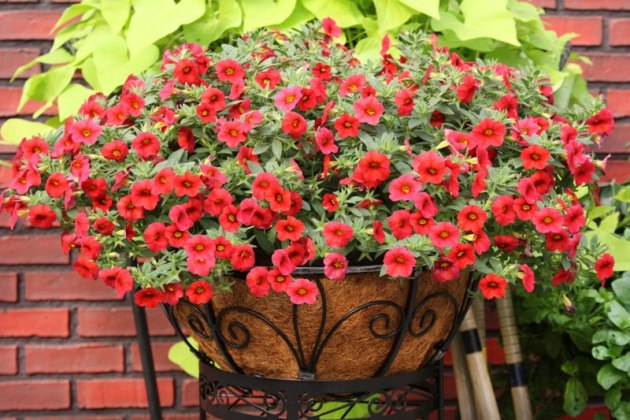
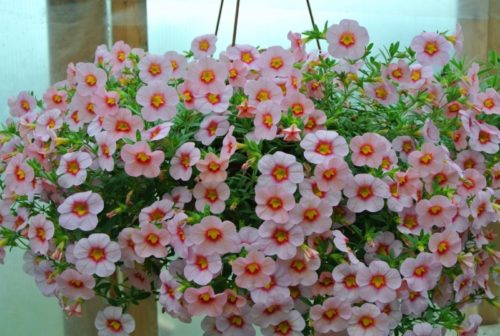
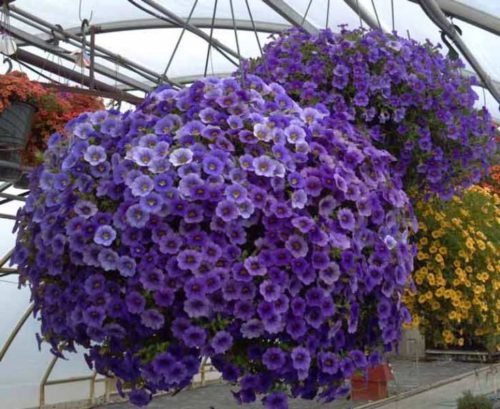
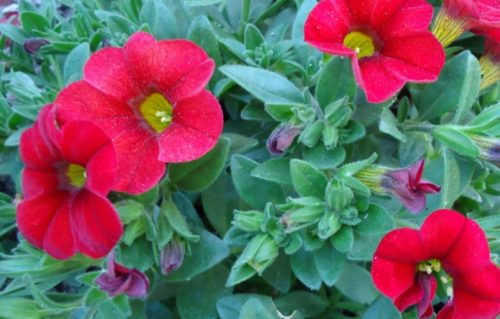
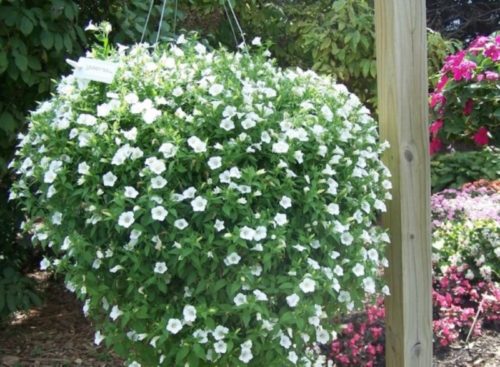

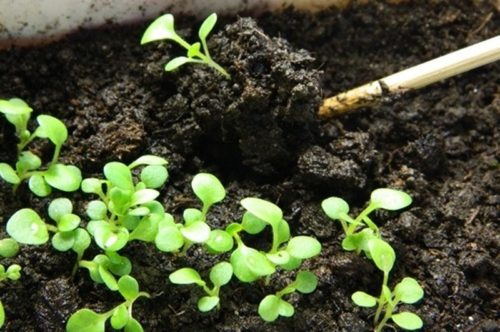
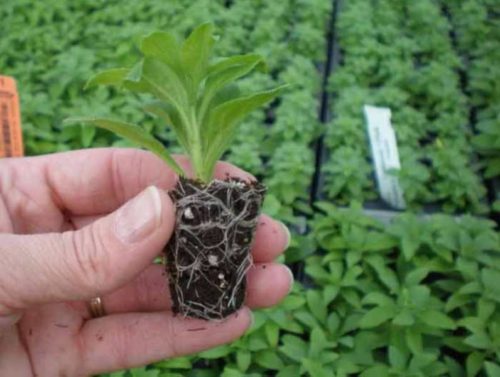
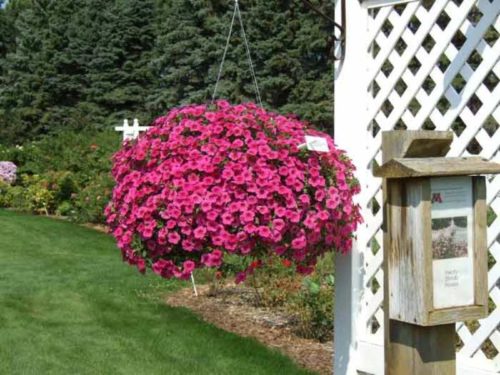
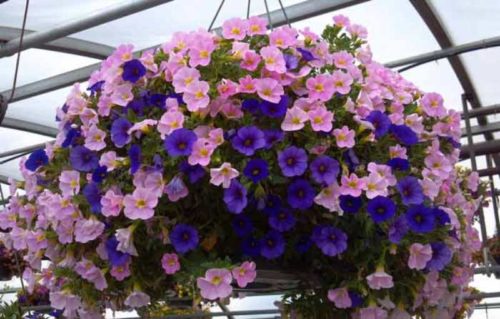

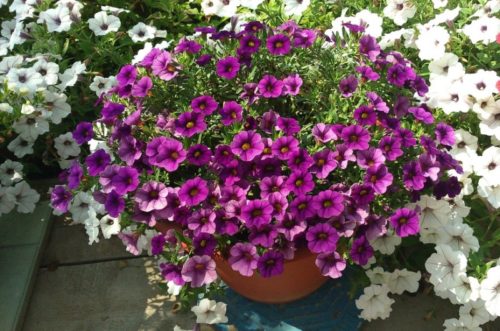
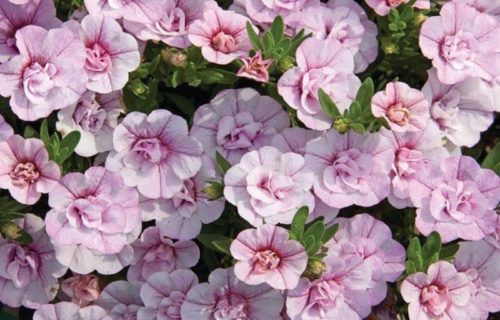
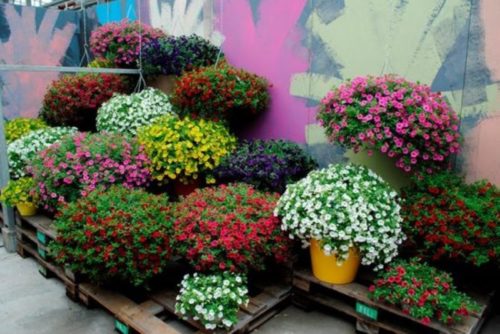

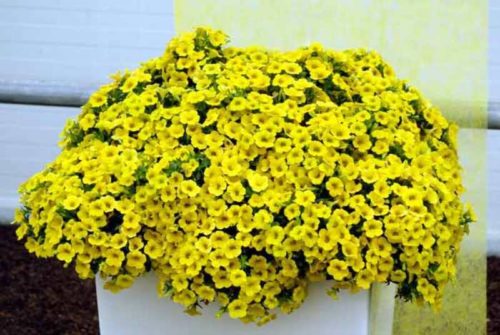
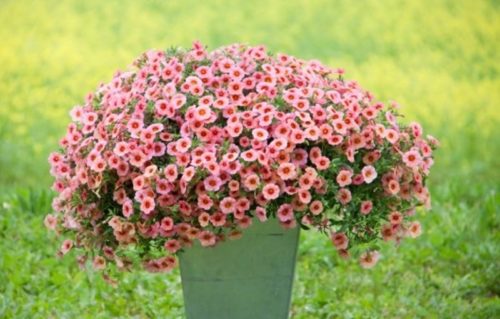












 Start a discussion ...
Start a discussion ...